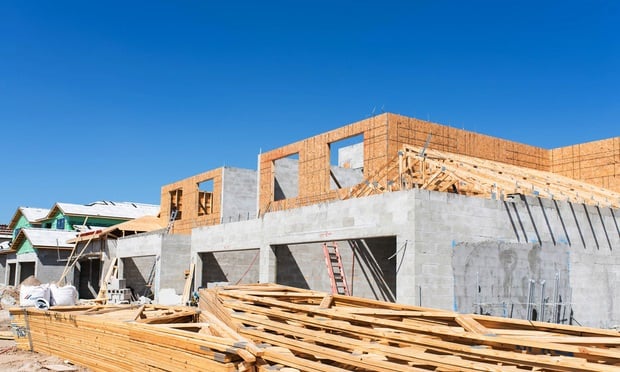The agency released findings came about from its investigation of the fires and collapses of the World Trade Center towers following the terrorist attacks of Sept. 11, 2001. "We believe these recommendations are both realistic and achievable within a reasonable period of time, and should greatly improve the way people design, construct, maintain and use buildings, especially high rises," said WTC lead investigator Shyam Sunder.
The recommendations cover specific improvements to building standards, codes and practices. It also details changes to--or the establishment of--evacuation and emergency response procedures; and research and other appropriate actions needed to help prevent future building failures. The guidelines fall into a number of categories including structural integrity, enhancing fire resistance and design, improved building evacuation procedures and emergency response.
NIST officials "strongly urge" building owners and public officials to evaluate their existing inventory of buildings and "take the steps necessary to mitigate any unwarranted risks without waiting for changes to occur in codes, standards and practices." Code enforcement is also encouraged. The investigation of the WTC towers was conducted under the National Construction Safety Team Act, which gives NIST the responsibility for investigations of building-related failures that result in substantial loss of life.
Want to continue reading?
Become a Free ALM Digital Reader.
Once you are an ALM Digital Member, you’ll receive:
- Breaking commercial real estate news and analysis, on-site and via our newsletters and custom alerts
- Educational webcasts, white papers, and ebooks from industry thought leaders
- Critical coverage of the property casualty insurance and financial advisory markets on our other ALM sites, PropertyCasualty360 and ThinkAdvisor
Already have an account? Sign In Now
*May exclude premium content© 2024 ALM Global, LLC, All Rights Reserved. Request academic re-use from www.copyright.com. All other uses, submit a request to [email protected]. For more information visit Asset & Logo Licensing.








